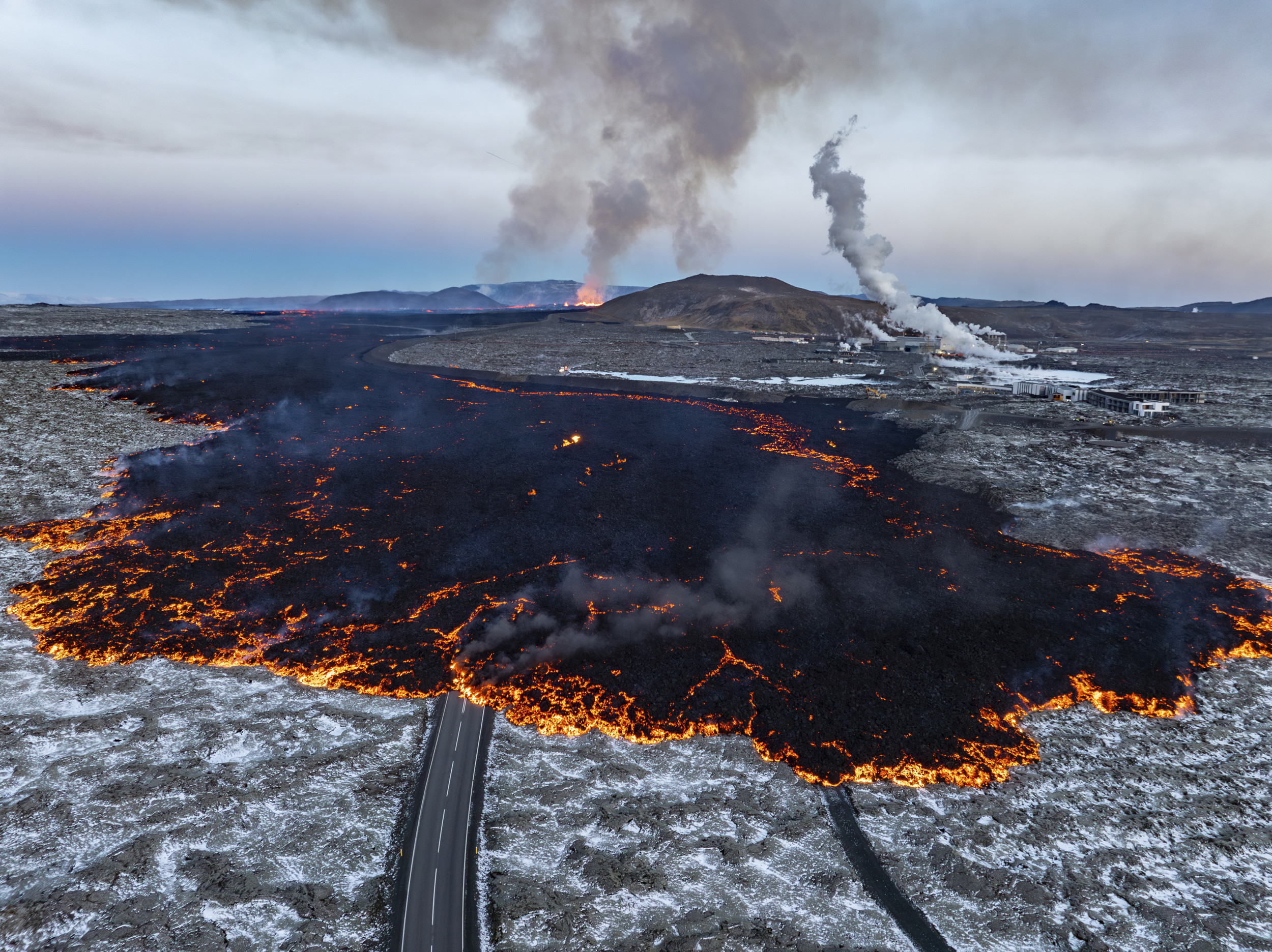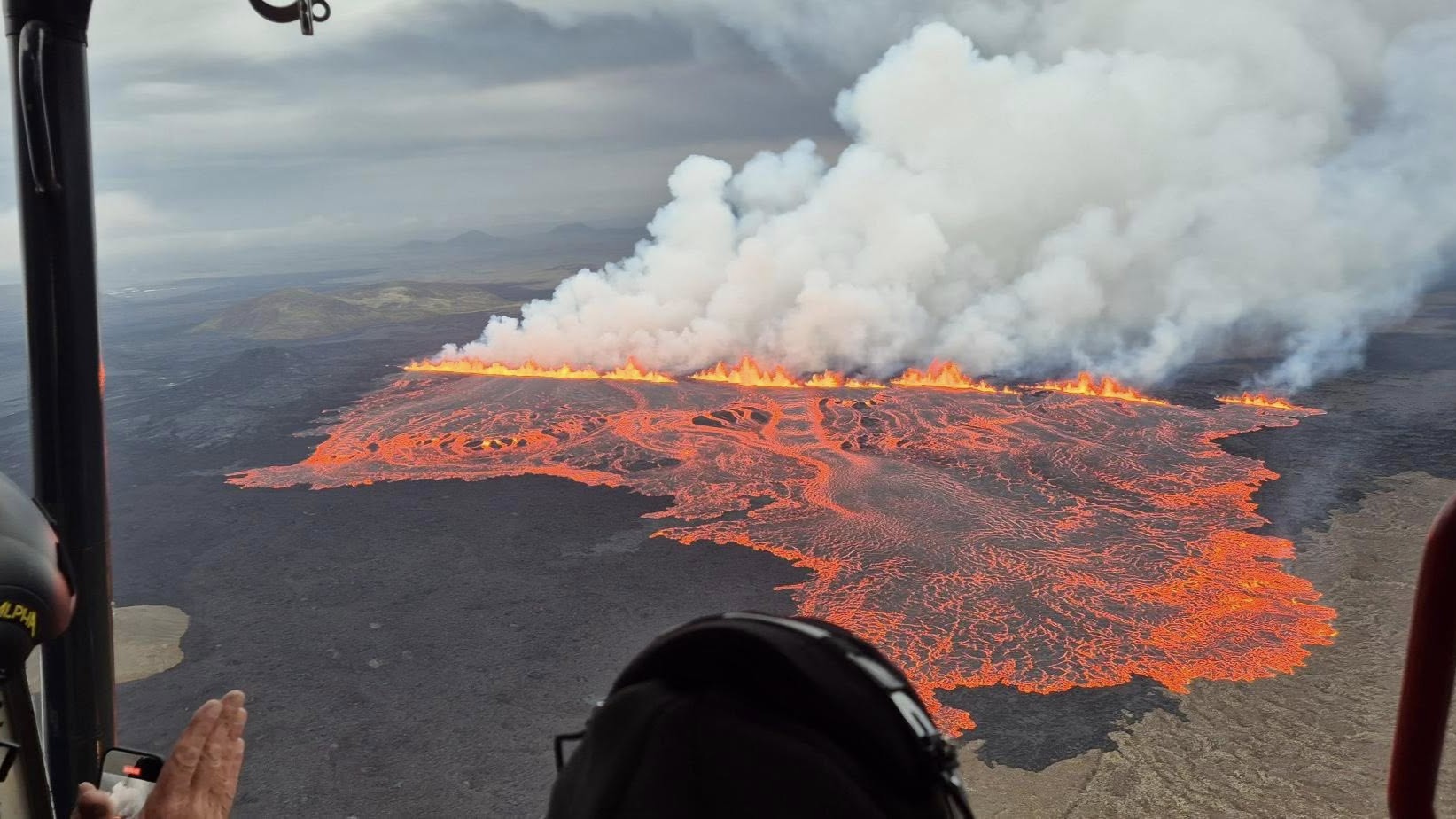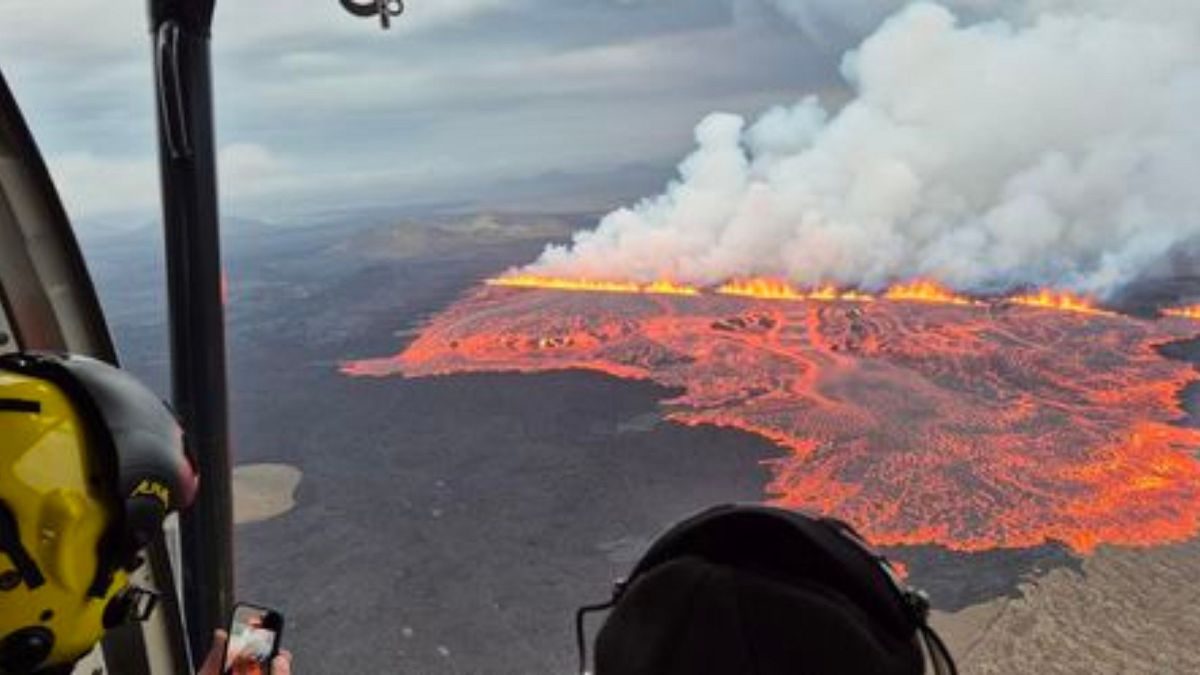A volcanic eruption on the Reykjanes Peninsula has led to the urgent evacuation of residents and tourists at the famed Blue Lagoon geothermal spa. The eruption, which marks the ninth since late 2023 and the twelfth since 2021, has sent lava gushing from a fissure stretching approximately 3,000 feet and raised significant safety concerns. Local authorities quickly mobilized, advising people to remain indoors due to high levels of toxic gas that accompany the lava flow, underscoring the potential dangers
Did You Know
Honey never spoils; edible after thousands of years.
?
AD
posed by the ongoing volcanic activity.
The evacuation process was carried out efficiently, with local police reporting a smooth operation that lasted about 90 minutes. Margret Kristin Palsdottir, a police commissioner, reassured the public that they were prepared for such an emergency, ensuring the safe removal of locals and visitors alike. Fortunately, there have been no reports of casualties or significant damage, allowing both residents and tourists to breathe a sigh of relief amid the chaos unleashed by nature's fury.
The breathtaking sight of molten lava transforming the Icelandic landscape serves as both a visual marvel and a stark reminder of the Earth’s volatile geology. With the potential for further eruptions looming, local communities remain vigilant as they navigate the juxtaposition of nature's beauty and its undeniable threat. For now, the Blue Lagoon and surrounding areas, cherished by many, face an uncertain future, as the power of the volcano continues to shape their reality.
Q&A (Auto-generated by AI)
What causes volcanic eruptions?
Volcanic eruptions are primarily caused by the movement of tectonic plates. When these plates shift, magma from the Earth's mantle can rise to the surface through cracks. Factors like pressure buildup, gas content in magma, and geological structures influence the eruption's intensity. In Iceland, the Reykjanes Peninsula is particularly active due to its location on the Mid-Atlantic Ridge, where the North American and Eurasian plates diverge.
How does Iceland prepare for eruptions?
Iceland employs a comprehensive monitoring system to prepare for volcanic eruptions. The Icelandic Meteorological Office tracks seismic activity, gas emissions, and ground deformation to predict potential eruptions. Authorities conduct regular evacuation drills and maintain communication with local communities, especially in high-risk areas like Grindavík and the Blue Lagoon, ensuring residents and tourists are informed and safe during emergencies.
What is the history of Sundhnúkur volcano?
Sundhnúkur is part of the Reykjanes volcanic system and has a history of eruptions, with significant activity noted since late 2023. The recent eruptions are part of a pattern, marking the ninth eruption since December 2023. This area has seen multiple eruptions over the past few years, indicating an ongoing geological cycle that affects local communities and ecosystems.
What impact do eruptions have on tourism?
Volcanic eruptions can significantly impact tourism, particularly in areas like Iceland where attractions such as the Blue Lagoon are located near active volcanoes. While eruptions may lead to temporary evacuations and disruptions, they can also attract tourists interested in volcanic activity. However, safety concerns and potential damage to infrastructure can deter visitors, affecting local economies reliant on tourism.
How are evacuations coordinated in emergencies?
Evacuations during volcanic eruptions are coordinated by local authorities, including police and emergency services. They assess the situation based on real-time data from geological monitoring and issue evacuation orders to residents and tourists. Communication is crucial, often utilizing media and social networks to inform the public. In Grindavík, for instance, evacuations have been executed smoothly, ensuring safety during eruptions.

















